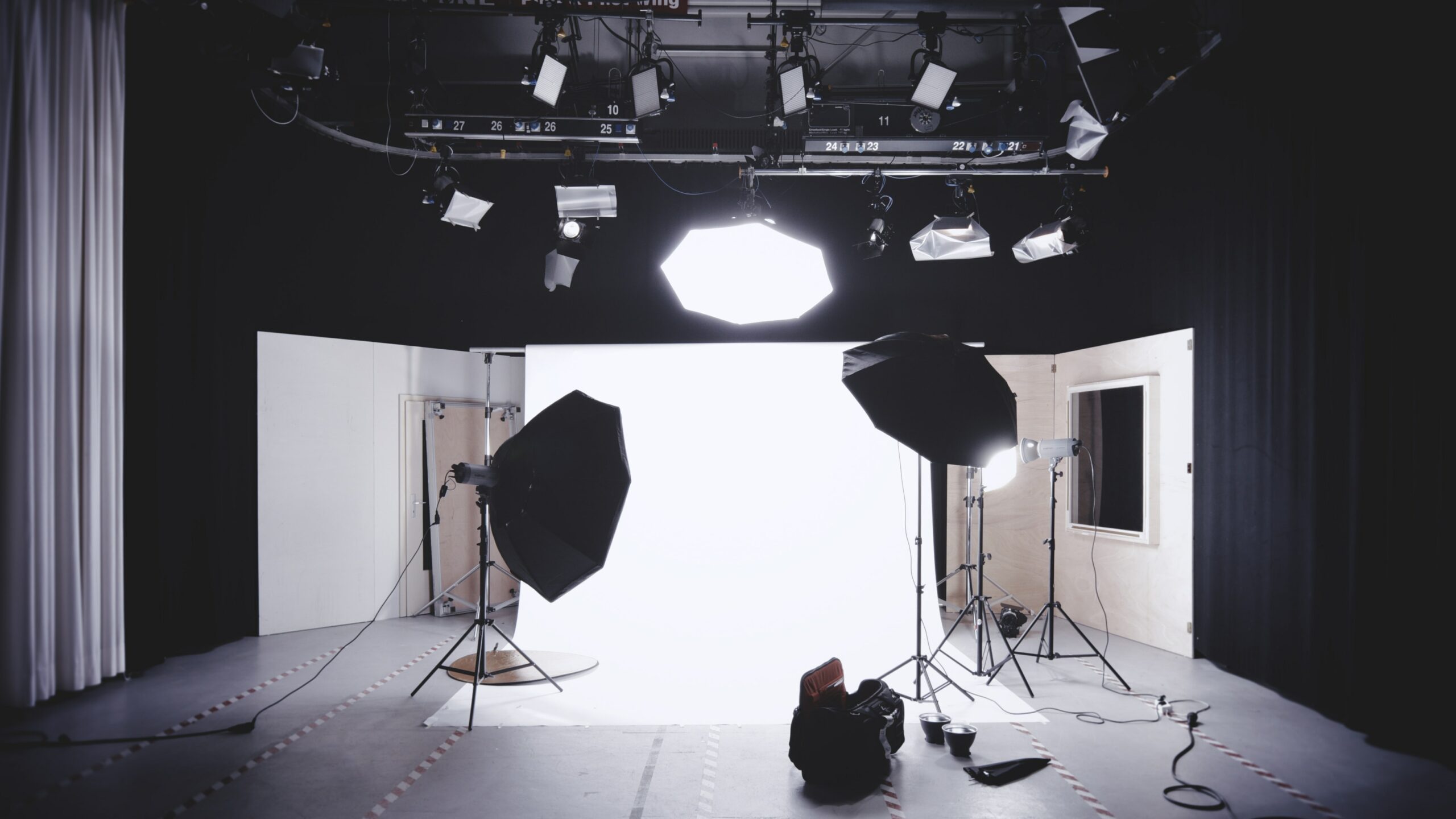Representation in Fashion
Thursday, April 18, 2019
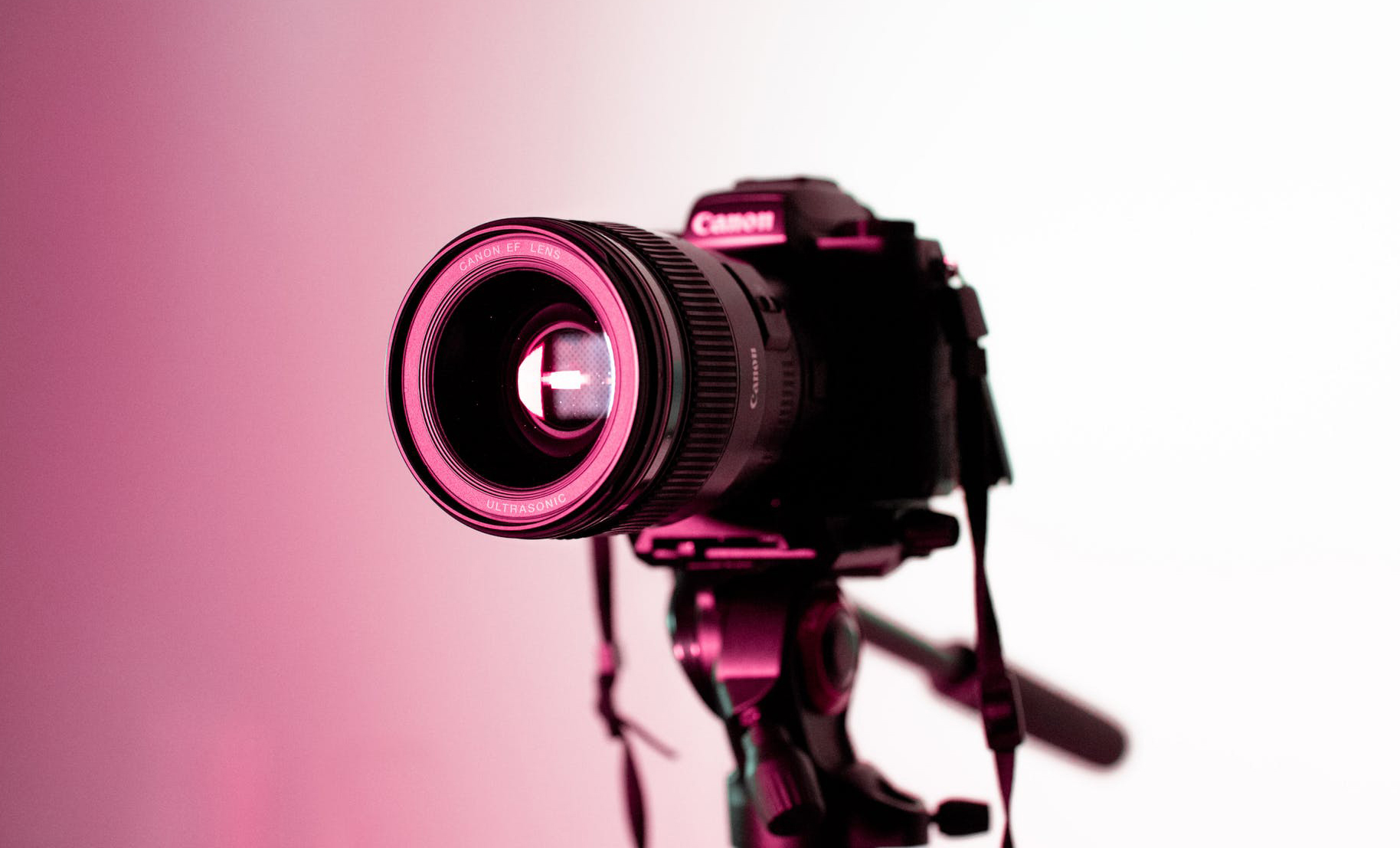
By Jen Mullins, BS, CTRS, MATP Staff
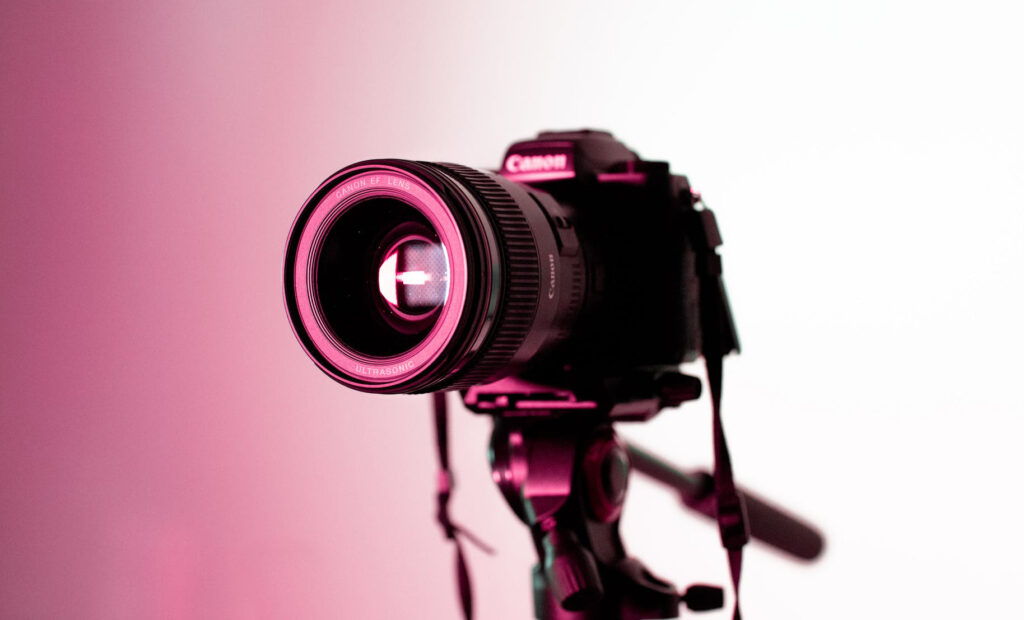
In my last two blog posts, Access Moves Fashion Forward! and Taking Steps Towards Access in Footwear!, I wrote about how the things that we wear are being designed with access in mind for more and more people. In this post, I share about how clothing, footwear, and accessories are shown & promoted. For a long time, there hasn’t been much representation of people with disabilities and the Assistive Technology (AT) they use in fashion. Jillian Mercado, a model who has spastic muscular dystrophy and uses a powerchair, shared: “Even as a very young girl and adolescent, I always knew that there was a hole in the fashion industry and that it wasn’t fair that I did not see myself reflected. I wanted to feel like I was a part of it, but there was nothing that was helping me see that.”
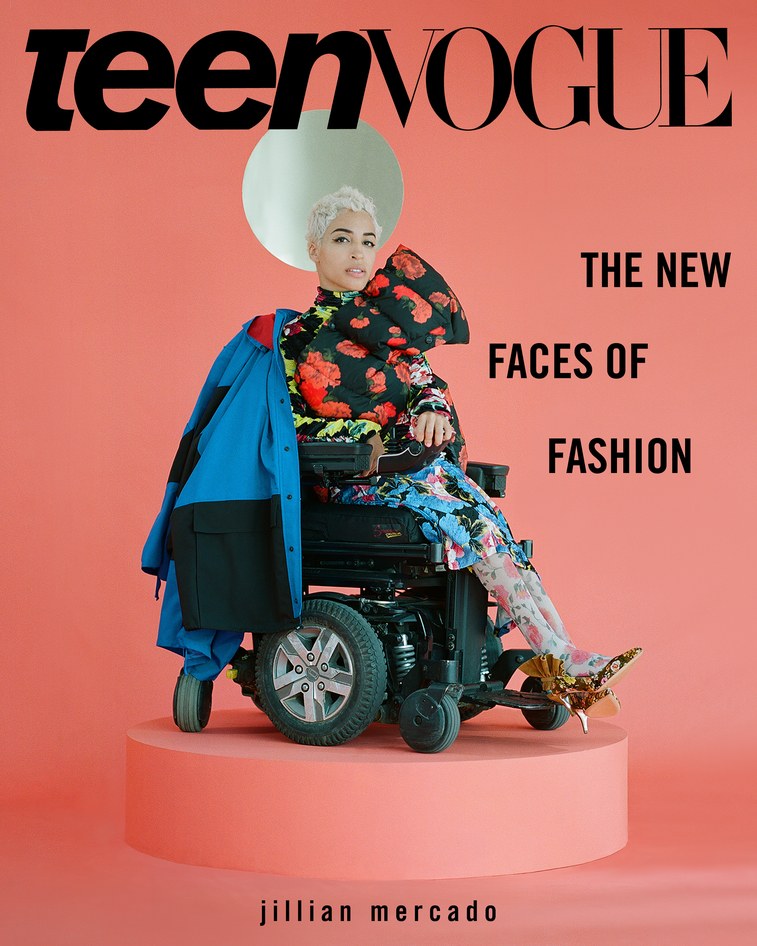 In recent times, representation has been changing. In Teen Vogue’s September 2018 issue, Vogue profiled three models with disabilities: Chelsea Werner, Jillian Mercado, and Mama Cax. The piece was written by journalist Keah Brown who has Cerebral Palsy. Brown writes, “Disabled people and disabled models are still left out of most campaign ads and runway shows. This lack of representation has implications: When you go so long without seeing yourself it is easy to interpret that lack of representation to mean you’re ugly and unworthy, that you deserve to be invisible or even worse, are grotesque. The erasure can have an impact on your mental health.”
In recent times, representation has been changing. In Teen Vogue’s September 2018 issue, Vogue profiled three models with disabilities: Chelsea Werner, Jillian Mercado, and Mama Cax. The piece was written by journalist Keah Brown who has Cerebral Palsy. Brown writes, “Disabled people and disabled models are still left out of most campaign ads and runway shows. This lack of representation has implications: When you go so long without seeing yourself it is easy to interpret that lack of representation to mean you’re ugly and unworthy, that you deserve to be invisible or even worse, are grotesque. The erasure can have an impact on your mental health.”
In fall 2018, The Mighty published a piece that highlighted the growing representation in models: More models with disabilities are making their way up the ranks. One new face is Aaron Philip, who’s signed with Elite Model Management. Philip is a 17-year-old person of color, trans, disabled model — and now just one of two models who use Assistive Technology (wheelchairs) to sign with a major agency. “I enter the fashion world with intentions of making the industry more diverse, inclusive, and accessible,” Philip shared. “I have never seen a physically disabled supermodel or a Black transfeminine model heralded, celebrated, or even working in the way other models are — and I hope to change that.”
In the summer of 2018, Aerie, the lingerie brand from American Eagle launched a campaign that featured models with disabilities; some who are shown using their Assistive Technology and Durable Medical Equipment (DME). One model wears an Ostomy bag (a pouch is worn over the stoma to collect stool or urine), one model is photographed using forearm crutches, a model is shown wearing her insulin pump, another model is shown using her wheelchair and posing, and a model who has Down Syndrome is photographed with a huge smile on her face. President Aerie Jennifer Foyle shared, “Now, more than ever, we want to encourage women everywhere to feel empowered to embrace their own unique qualities and beautiful real selves.” Resulting from the campaign, social media users chimed in with their excitement over Aerie’s campaign: one user tweeted “Oh my god! This is the first time I’ve ever seen myself represented in a model!” and another shared, “I teared up when I saw the model [with the insulin pump]. I have an insulin pump, and even though I’m not nearly as self-conscious as I used to be, it means so much to see someone with the same illness as me representing a big-name company. Visibility and representation matters.”
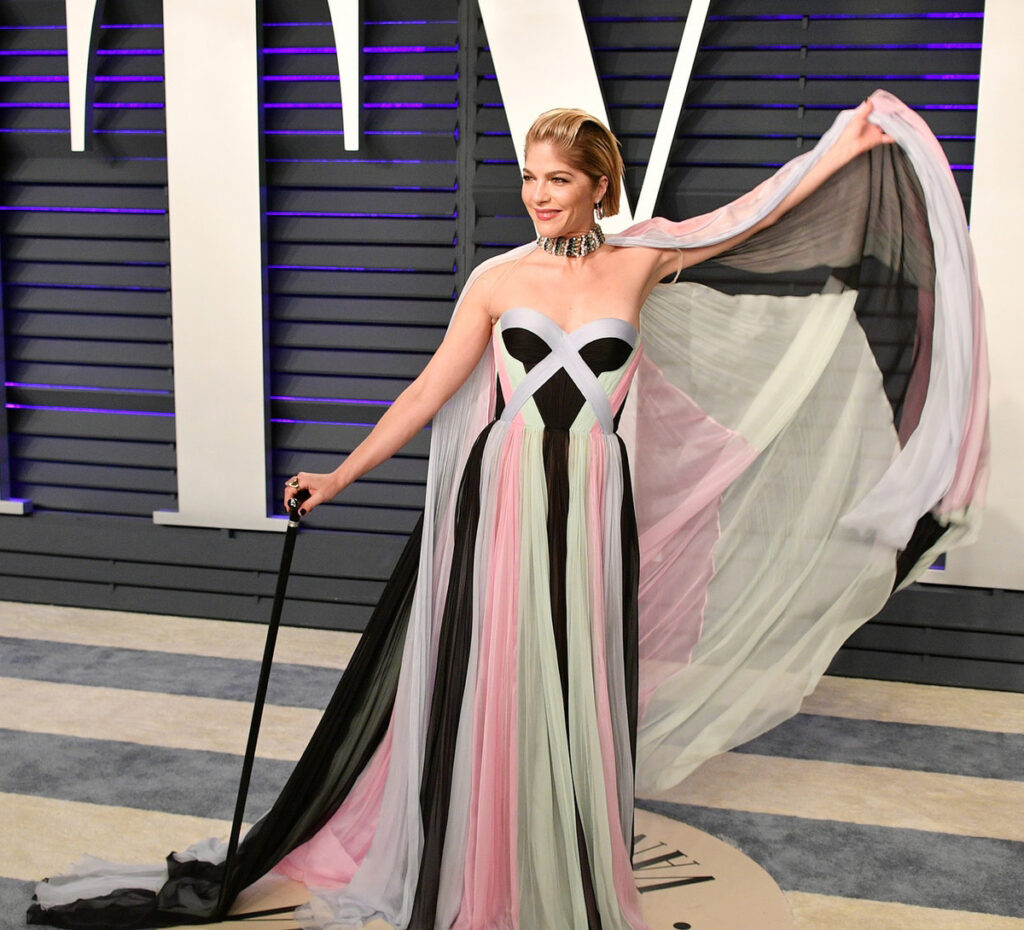 In February 2019, Selma Blair attended the 2019 Vanity Fair Oscar Party and was photographed on the red carpet using a piece of very chic AT; a cane outfitted in black patent leather and customized with the actress’s monogram and a pink diamond. Blair shared publicly in 2018 that she has Multiple Sclerosis (MS) and needs a cane to walk. Bustle wrote, “Not only is it amazing to see Blair thriving, but it’s such a huge win for the disabled community to see someone like Selma Blair unapologetically walk a red carpet with a cane.” A few days following her red carpet walk, Vanity Fair released a piece, “There’s No Tragedy for Me”: Selma Blair’s Transformation: Rocked by an M.S. diagnosis, the actress has found a new voice—and a new inspiration for her style. The piece included photos of Blair using her cane and shared about her journey to being diagnosed with MS.
In February 2019, Selma Blair attended the 2019 Vanity Fair Oscar Party and was photographed on the red carpet using a piece of very chic AT; a cane outfitted in black patent leather and customized with the actress’s monogram and a pink diamond. Blair shared publicly in 2018 that she has Multiple Sclerosis (MS) and needs a cane to walk. Bustle wrote, “Not only is it amazing to see Blair thriving, but it’s such a huge win for the disabled community to see someone like Selma Blair unapologetically walk a red carpet with a cane.” A few days following her red carpet walk, Vanity Fair released a piece, “There’s No Tragedy for Me”: Selma Blair’s Transformation: Rocked by an M.S. diagnosis, the actress has found a new voice—and a new inspiration for her style. The piece included photos of Blair using her cane and shared about her journey to being diagnosed with MS.
I began this blog post with a quote from disabled model Jillian Mercado and will close with one: “For those of you out there like my younger self, here is proof that you can be anything you set your mind to, this is for you as well. Let it be a lesson that if you want to see change happen in the world for good be the one to change it yourself. I believe in you.”
